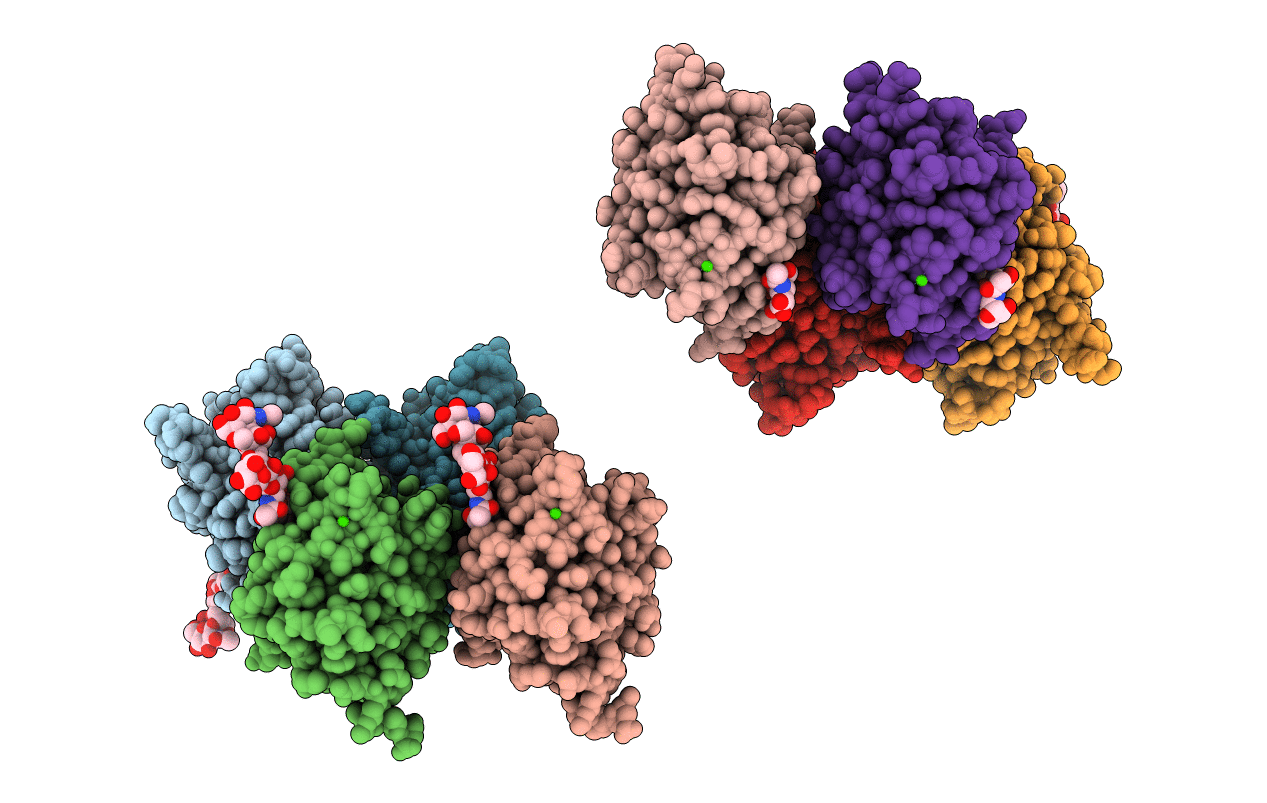
Deposition Date
1998-06-22
Release Date
1998-08-19
Last Version Date
2024-11-13
Entry Detail
PDB ID:
1FZD
Keywords:
Title:
STRUCTURE OF RECOMBINANT ALPHAEC DOMAIN FROM HUMAN FIBRINOGEN-420
Biological Source:
Source Organism:
Homo sapiens (Taxon ID: 9606)
Host Organism:
Method Details:
Experimental Method:
Resolution:
2.10 Å
R-Value Free:
0.25
R-Value Work:
0.19
R-Value Observed:
0.19
Space Group:
P 1


